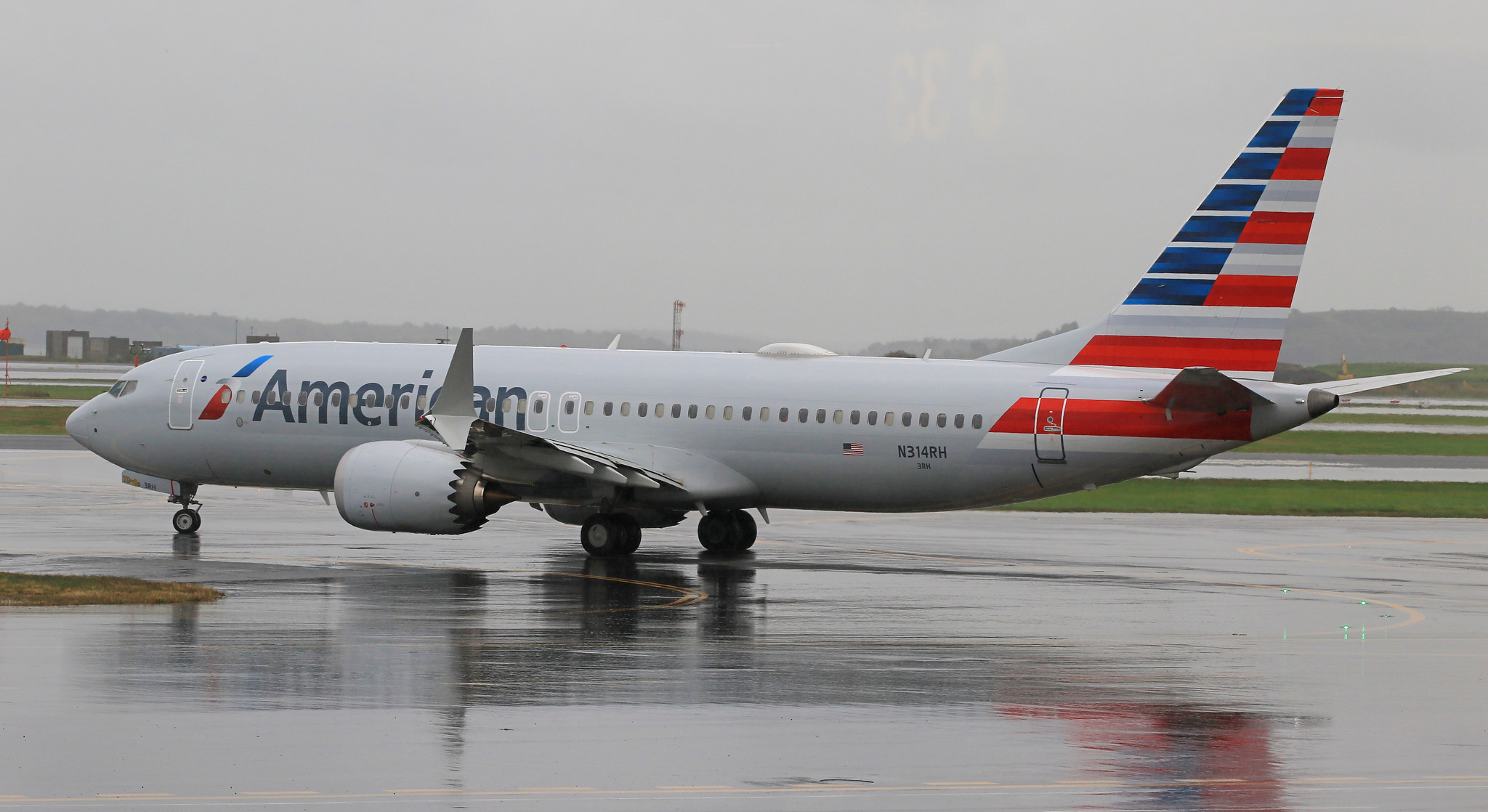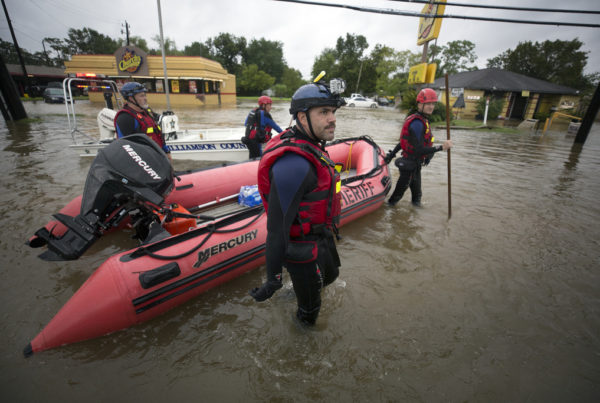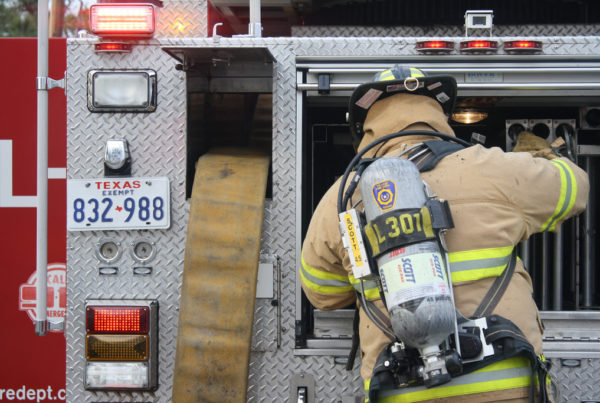After a fatal crash into the Java Sea in October, and another this weekend in Ethiopia, airlines and aviation authorities around the world are grounding Boeing’s 737 Max 8. The new model, which was involved in both crashes, is one of Boeing’s fastest-selling planes ever. It’s a more fuel-efficient model of 737 that airlines have only flown since 2017.
But Max planes are still flying in the United States, and officials for two Texas-based carriers, Southwest Airlines and American Airlines, have said they’ll continue to use the plane. Brian Parrish, a representative for Southwest, told The New York Times in a statement, “We remain confident in the safety and airworthiness of our entire fleet of more than 750 Boeing 737 aircraft. We don’t have any changes planned to 737 Max operations.”
Southwest and American are following the lead of the Federal Aviation Administration, or FAA, which hasn’t suspended any Max plane operations.
James Simmons, a professor of aviation at Metropolitan State University of Denver says the FAA hasn’t grounded any Max aircraft in the U.S.
“They’re saying that the already existing procedures were adequate, and all they have done is to reiterate those procedures,” Simmons says.
What you’ll hear in this segment:
– Why a unique technological system in Max planes may have contributed to the crashes
– Why it’s difficult to train pilots to operate aircraft that are largely automated
– Why Boeing and the FAA didn’t train pilots on some of the plane’s systems
Written by Michael Marks.
















